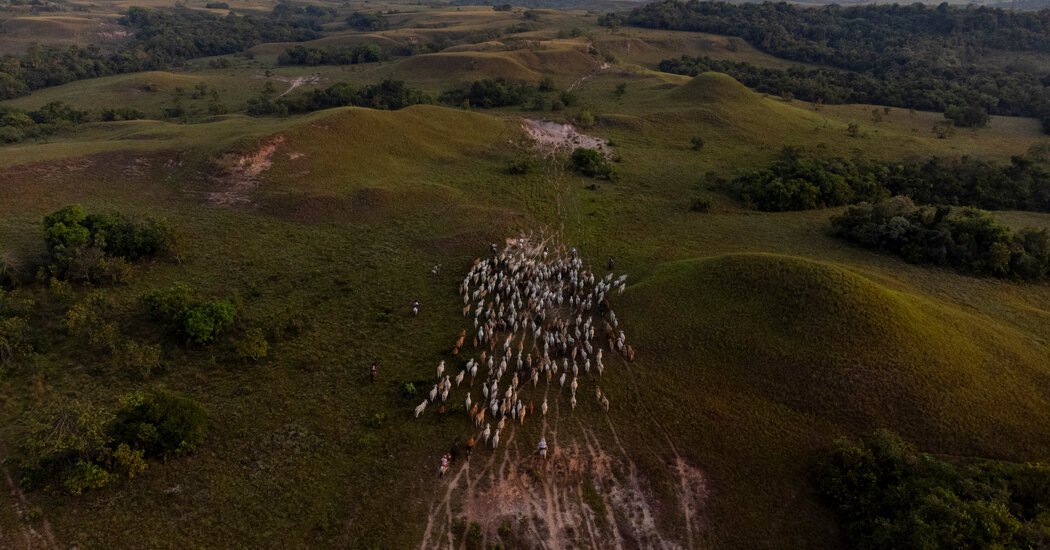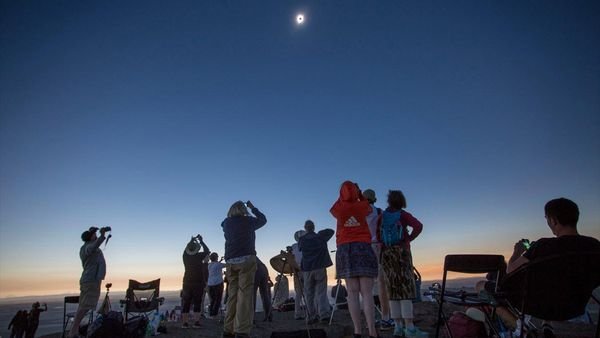Already, though, the rangers had made a difference. They had established the government’s presence in a formerly anything-goes region. Thanks to their outreach in San Martín, they had been invited in November to march in the annual parade celebrating the cuadrillas. Mr. Zorro thought that the invitation was a turning point for the park, a moment of acceptance. And on their motorcycle patrols through Manacacías, the rangers had logged some important wildlife sightings.
Gustavo Castro, one of the rangers staying on the ranch that week, had been standing at a lookout a few months earlier when he noticed something brown and furry ambling in the tall grass. “I got closer to him, maybe five or six meters, and he carried on normally,” Mr. Castro said. “I was able to get some good videos and photos.” The animal was a bush dog, a wild canine thought to be extinct in the area.
To Dr. Walschburger, the verified sighting of a bush dog was exciting. Bush dogs were more common in the Amazon, suggesting that the wilderness corridor between Manacacías and the Amazon basin was active. The bush dog’s documented use of the area could potentially result in stronger protection for that corridor, which looked, on a satellite map, like a curved finger of green extending southeast. The more data coming from the park, Dr. Walschburger said, the greater the conservation possibilities in and around it.
The llanos can be disorienting — the German explorer Alexander von Humboldt, who explored the Orinoco region in 1800, complained of their “infinite monotony” — but after months of patrols, the new rangers navigated the terrain with ease. Their phones were now full of oncillas, tapirs, great horned owls and the gleaming crowns of Mauritius palms at sunset.

Oscar Rey joined his colleagues as they stopped at a bend of the Manacacías River. The rangers frequently checked in on this sandy shoreline, as people routinely placed fishing nets across it. Mr. Rey had known it since he was a boy, when his grandfather taught him to shuffle as he walked barefoot in the water to avoid being stung by rays.
Everywhere around him were tracks made by tapirs, peccaries, capybaras and lizards. It was almost the time of year when freshwater turtles dug nests in the riverbanks, he said. Mr. Rey’s grandparents ate their eggs, of course, but future generations would not.










